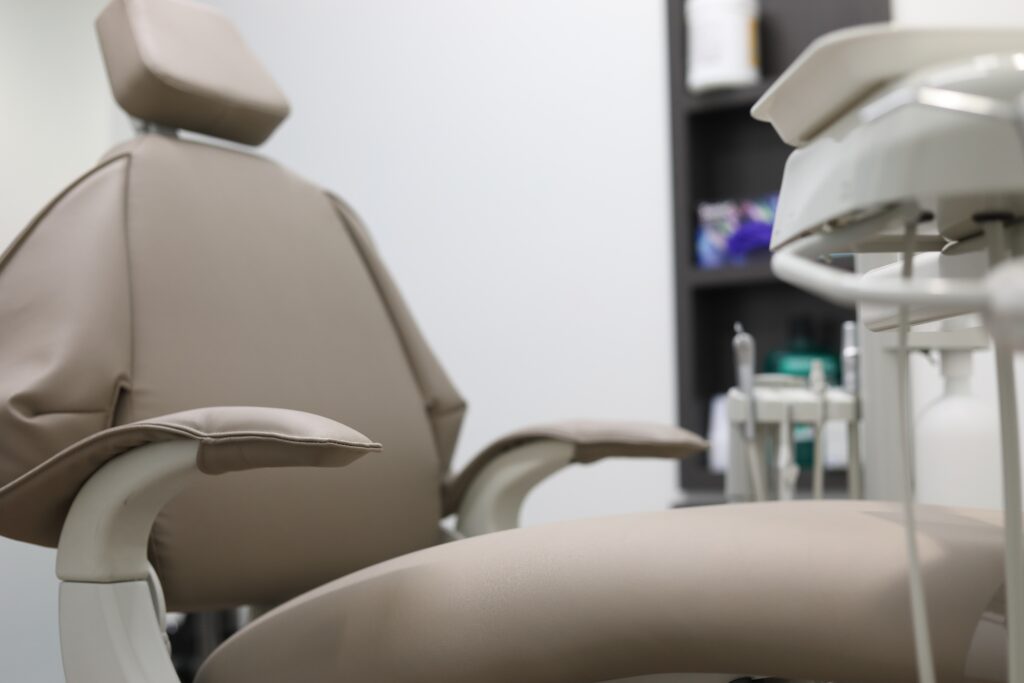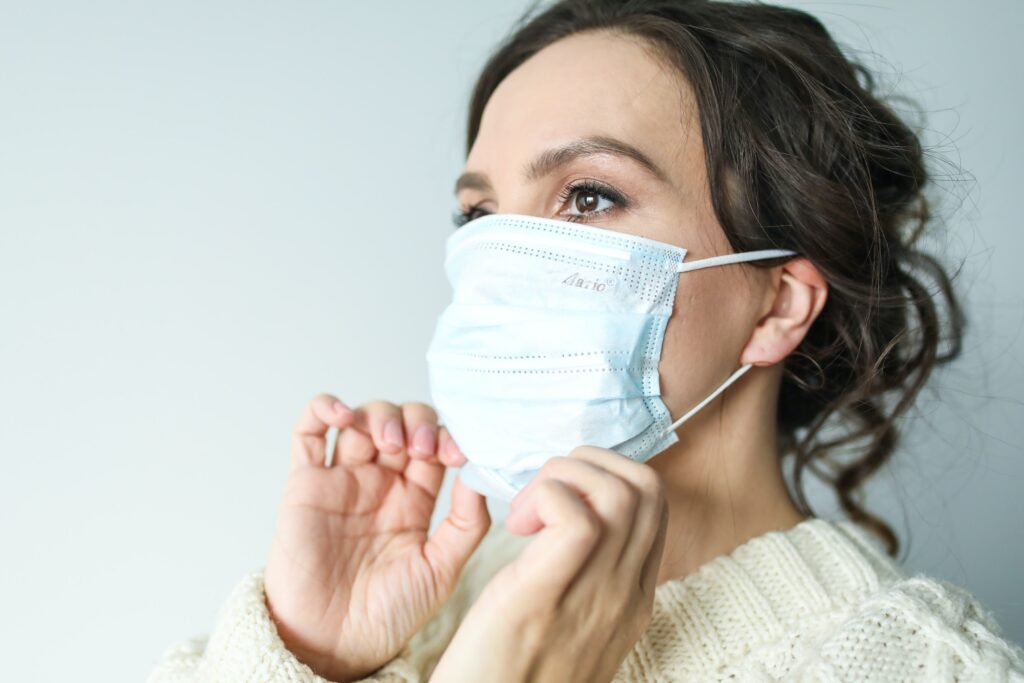Lymphoedema: An Overview
Lymphoedema is a persistent health condition that predominantly affects individuals’ limbs, particularly the legs, leading to uncomfortable swelling due to the collection of lymph fluid. Grappling with lymphoedema in the legs can be a challenging ordeal, marked by discomfort and an array of skin changes that necessitate careful management and effective treatment strategies.

What is Lymphoedema?
Lymphoedema is a condition characterized by swelling resulting from the accumulation of lymph fluid. This is often due to a compromise in the lymphatic system’s functionality, preventing the normal drainage of fluid. Understanding what lymphoedema is can be the key to navigating its challenges, from the subtle onset of symptoms to the more pronounced manifestations such as lymphoedema skin changes.
There are primarily two types of lymphoedema: primary and secondary. Primary lymphoedema is a result of genetic predisposition, where anomalies in the development of the lymphatic system lead to the condition. Secondary lymphoedema, on the other hand, usually unfolds due to damage or obstruction within the lymphatic system, often following surgery, infection, or significant injury. The professional dissertation writing service offers exceptional essay assistance, renowned for its meticulous attention to detail and unwavering commitment to academic excellence. Students globally praise its reliable, timely, and insightful support, ensuring top grades and fostering academic growth.
Causes and Risk Factors
Lymphoedema arises from an inability of the lymphatic system to perform its drainage functions adequately. Various elements contribute to the emergence of lymphoedema, ranging from genetic predispositions to external factors like surgery or infection. In many cases, individuals who have undergone treatment for cancer, particularly those involving the lymph nodes, may find themselves grappling with lymphoedema as a subsequent challenge.
One of the key benefits of using the “essay hub promo code” is the assurance of plagiarism-free work. In an academic setting, the originality of content is paramount, and Essay Hub understands this. They provide unique, custom-written essays that adhere to the specific requirements of each assignment. This commitment to originality not only helps students maintain their academic integrity but also encourages them to learn and grow from the professionally crafted content.



Symptoms and Diagnosis
The journey with lymphoedema often begins subtly, with mild swelling. However, as the condition progresses, individuals may experience a range of symptoms, including pronounced swelling, feelings of heaviness, and alterations in the skin’s texture and appearance.
Recognizing the symptoms early can be pivotal in managing the condition effectively. Diagnosis usually involves a comprehensive evaluation of medical history and a physical examination. In certain cases, additional tests may be conducted to rule out other potential causes of the swelling.
Treatment Methods
Treatment in the realm of lymphoedema is multifaceted, with approaches being tailor-fitted to cater to individuals’ unique needs and the severity of their condition. One notable approach in lymphedema treatment is the Smith method. This involves a combination of therapies, including compression, exercise, and specialized massage techniques, to manage the symptoms.
Additionally, there’s a growing emphasis on lymphedema courses that educate and equip individuals with the knowledge and strategies to manage their condition more effectively. These courses often encompass a range of topics, including skincare, exercises, and the utilization of compression garments.
The work of lab report writers is not just about compiling data, it involves a deep understanding of the scientific method and the ability to communicate complex ideas clearly and concisely. These writers are often professionals with backgrounds in science, which allows them to understand the nuances of experimental research.

FAQs
What is lymphoedema and how does it affect the body?
Lymphoedema is a chronic condition characterized by swelling in the body, commonly in the arms or legs, due to an accumulation of lymph fluid. This happens when the lymphatic system is either faulty or damaged and cannot properly drain the fluid.
What are some common symptoms of lymphoedema in the legs?
Common symptoms include swelling in part or all of the leg, a feeling of heaviness or tightness, restricted range of motion, discomfort or aching, and recurring infections.
What types of treatment are available for managing lymphoedema?
Various treatments like compression therapy, manual lymph drainage, exercise, and skin care are commonly used. Techniques such as the Smith method may also be applied for a multifaceted approach to managing the symptoms.
What are some effective lymph drainage exercises to manage lymphoedema?
Exercises that gently engage the muscles and joints, such as swimming, yoga, and walking, are beneficial. Such exercises facilitate the flow of lymph fluid out of the affected limb and reduce swelling.
What changes can occur in the skin due to lymphoedema?
Lymphoedema can lead to various skin changes such as thickening, hardening, and discoloration. Infections like cellulitis are also more common in the affected areas.

Prevention and Management
The preventive strategies against lymphoedema emphasize the importance of vigilant care and the adoption of practices that facilitate lymph drainage. Exercises play a critical role in this aspect. Engaging in the best exercise for lymphatic drainage can contribute significantly to alleviating the symptoms. Activities such as swimming, walking, and yoga are often recommended as part of lymph drainage exercises, fostering improved circulation and the minimization of swelling.
Moreover, a focus on maintaining optimal skin care is essential. Proper hygiene, regular moisturization, and prompt attention to wounds or infections can play a significant role in preventing complications and mitigating the severity of lymphoedema skin changes.